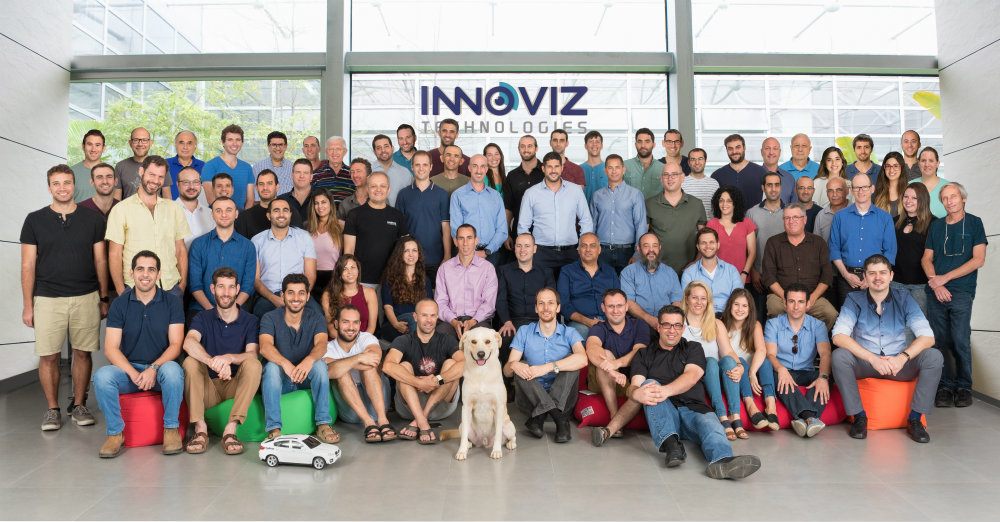Some time ago, I started describing different vehicle features as “eyes.” It was the most fitting and understandable analogy for the customers I was serving at the dealership. Admittedly, I knew little about cars when I began selling them now almost a decade ago, so these quick analogies were as much for me as they were for my customers. Adaptive Cruise Control, reverse cameras, and backup sensors were just coming online at the time. “Think of them like an extra set of eyes helping you drive,” I would say to customers.
Fusion Factor
Generally speaking, what qualifies as innovative technology today becomes more advanced tomorrow. Autonomous driving represents the current pinnacle of innovation in the automotive industry, and to some, it’s as abstract as Adaptive Cruise Control was just less than a decade ago. While I am open to new ways to present the modern automobile, my “eyes” analogy remains my go-to, especially as driverless vehicles are becoming more of a reality.
In the autonomous realm, “sensor fusion” is a common term. Wikipedia offers an excellent description: “the combining of sensory data or data derived from disparate sources such that the resulting information has less uncertainty than would be possible when these sources were used individually.” In other words, the more “eyes” a given application has – in this case an autonomous car – the more effective. And the more we consider sensor fusion and the successful implementation of automated driving, the more LiDAR enters the conversation.
“The LiDAR with the camera makes the whole autonomous car system much more reliable,” explained Omer Keilaf, Chief Executive Officer and Co-Founder, Innoviz Technologies. “This is where the fusion between different sensors is very important.”
Eye In The Sky
Innoviz Technologies wants to facilitate autonomous vehicle production through solid-state LiDAR solutions. LiDAR, or Light Detection and Ranging, is a remote sensing method used to examine a surrounding environment, which with regard to autonomous vehicles, means our everyday roads. LiDAR determines the distance to a particular point by illuminating it with a pulsed laser light; the reflected pulses are then measured to determine how far away said point is. From there, 3D representations of the point and surrounding area can be made. The uses for LiDAR are numerous: The National Oceanic and Atmospheric Administration uses LiDAR to study the Earth’s surface while the Agricultural Research Service utilizes it to help farmers map their land.
Bats actually use a similar process with sound waves to navigate.
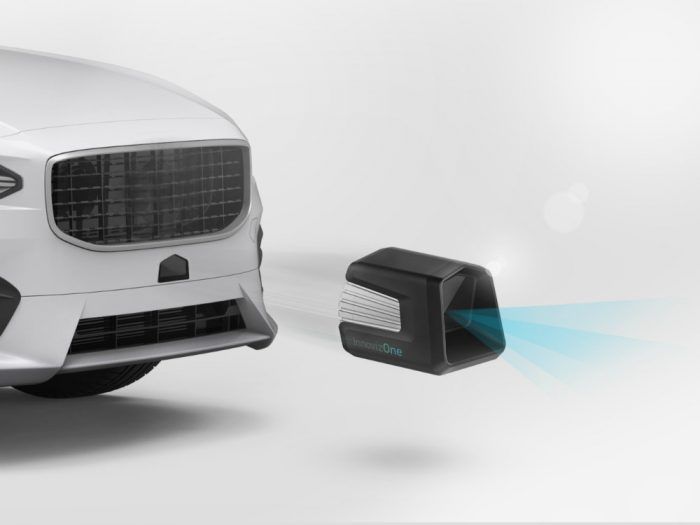
Four-Fold Foundation
Innoviz Technologies is designing what they say is a continuously evolving LiDAR solution to better address the challenges of autonomous driving. The company’s LiDAR products, InnovizOne and InnovizPro, use a patent-pending technology with a focus in four main areas: Region of Interest, meaning enabling longer range sensing at a region or point of interest while capturing the entire field of view at full frame rate; Multi-Frame Mode, meaning a high frame rate and resolution is maintained for long-range sensing while extra long-range objects and obstacles at a lower frame rate are still accounted for; Object Detection and Classification, meaning the use of advanced computer vision for accurate detection and classification of different types of objects, and Simultaneous Localization and Mapping – sometimes called “SLAM” – meaning high-resolution 3D mapping.
In other words, LiDAR is a tremendous set of eyes; a set of eyes Innoviz Technologies wants to mass-produce for the forthcoming autonomous era in a small, efficient package.
“By challenging the conventions of LiDAR design, we were able to develop a LiDAR solution that delivers superior performance at a reasonable price and in a much smaller footprint – three factors that are required to help autonomous driving achieve mass commercialization,” Keilaf said. “We’ve spent many months exploring the right way to solve these problems.”
Cost-Conscious
Innoviz designs their LiDAR units with a particular emphasis on cost. Even in the autonomous world, automakers will have financial targets to meet with regard to production. There is the end consumer who has cost in mind when purchasing a new vehicle too. Given the importance of cost when it comes to manufacturing, automakers are likely to reject an overly expensive LiDAR unit.
“We started the company with a very clear understanding and declaration of that problem,” Keilaf added. “There are some technologies that are not relevant for mass production because they are too expensive, so it’s very important that our technology can eventually go really low cost.”
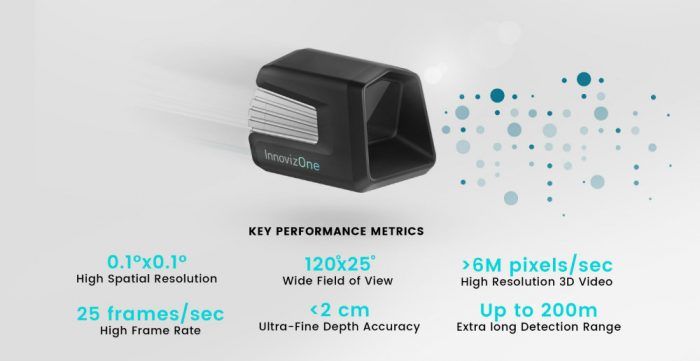
Disciplined & Directed
Innoviz also leverages a unique background, one not every entity in the autonomous driving space can claim. The company was founded by former members of the elite technological unit of the Israeli Defense Forces. Collectively, the founders have expertise in electro-optics, computer vision, MEMS design, and signal processing. Keilaf believes the technical, yet diverse backgrounds of his team members are among the strongest aspects of Innoviz.
“I come from a small unit but we were developing very unique hardware and technology – it’s like if MIT had an army,” he said.
Keilaf and his partners are accustomed to tight deadlines, a hallmark of the automotive industry. In the military, his team would often get assigned difficult projects with very narrow, non-negotiable deadlines. A particular technology would need to be developed from scratch, in about eight to ten months, be incredibly reliable, and need to work effectively for many years thereafter. It’s an experience the Innoviz team is bringing to the table in their vision for not only LiDAR, but automated driving as a whole.
“You had to manage risk all the time because in the end there is a date you can’t miss; you had to manage sometimes hundreds of people working on a certain project, and all of them needed to see something at the end that works perfectly,” Keilaf explained. “I think this is the way we work in Innoviz. Although we have so many moving parts and many people working with different technologies, every one of us is synchronized and integrated into a very disciplined and reliable system.”
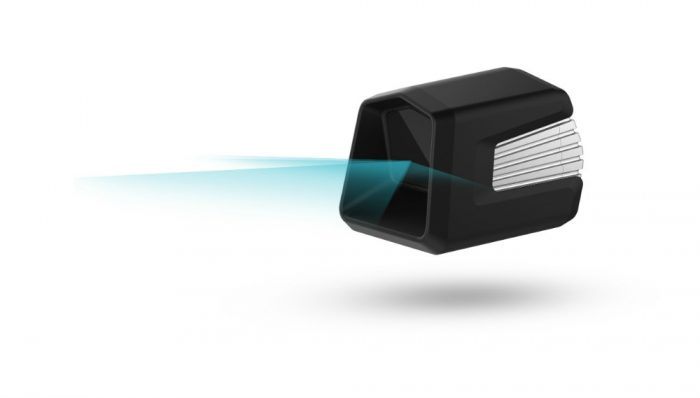
Bright Future
Recently, Innoviz raised $65 million in Series B funding with strategic partners Delphi Automotive PLC and Magna International participating in the round. The latest investors included 360 Capital Partners, Glory Ventures, Naver, and others. All Series A investors, including Zohar Zisapel, Vertex Venture Capital, Magma Venture Partners, Amiti Ventures, and Delek Motors participated as well. A second closing of this round is expected soon with additional investors.
“Innoviz has delivered the industry’s first high-performance LiDAR solution that perfectly meets all of the requirements necessary to take fully autonomous vehicles mainstream,” said Nicolas Autret, Partner at 360 Capital Partners. “Based on the impressive adoption Innoviz has generated to date and the extremely talented team they’ve put together, it’s evident that the market has made its decision on who is going to win the LiDAR race and unlock the market’s vast potential.”
The company’s trajectory is significant and its direction both purposeful and promising. In December 2016, Innoviz announced its first partnership with leading automotive supplier, Magna International Inc., enabling them to collaborate on various OEM programs. In May 2017, Innoviz announced a partnership with manufacturing company Jabil Optics to mass-produce InnovizPro. In August 2017, Innoviz signed a commercial partnership agreement with Delphi, a leader in autonomous driving software and sensors, to integrate its LiDAR into Delphi’s systems and create an industry standard for LiDAR integration into autonomous cars.
And now the most recent news of $65 million in Series B funding.
“While other LiDAR companies remain in the research and development stage, Innoviz is moving into mass production with LiDAR technology that delivers superior performance and affordability in a compact and reliable design,” said Zohar Zisapel, Investor, Co-Founder and Chairman of the Board at Innoviz.
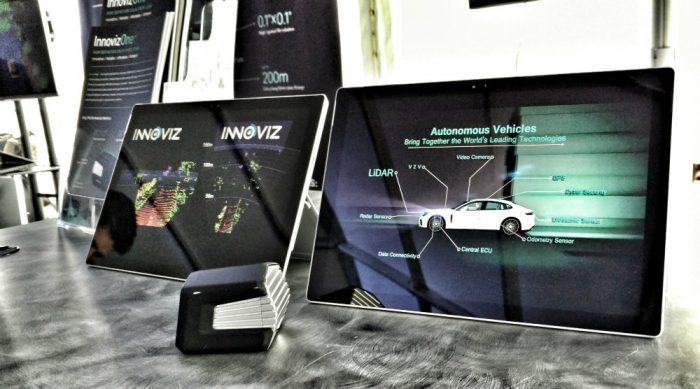
Homeward Bound
I first met Keilaf at AutoSens Detroit back in May. I took a liking to him and Innoviz right away. It’s the type of company – the type of people – you want to see be successful. In my work in the automotive industry, I travel quite often and I am fortunate enough to meet many interesting people, Keilaf among them. He travels often too and that warm May day in Michigan, he was away from his family as he presented Innoviz at AutoSens.
“They are very supportive,” he said. “It’s a lot of effort and sweat but it’s fun and they understand.”
When I am describing ADAS features to a consumer, I still use my “eyes” analogy. Yet, after seeing what Innoviz can do, I have a new appreciation for my trusty description. I remain confident, before long, I will be presenting an autonomous car to a consumer equipped with an Innoviz system. I will likely smile and remember Keilaf and his team when I first met them.
“Israel is a very unique place and you should come visit,” he told me in Detroit. “In just five days you will be able to discover many things.”
Carl Anthony is Managing Editor of Automoblog and resides in Detroit, Michigan.

